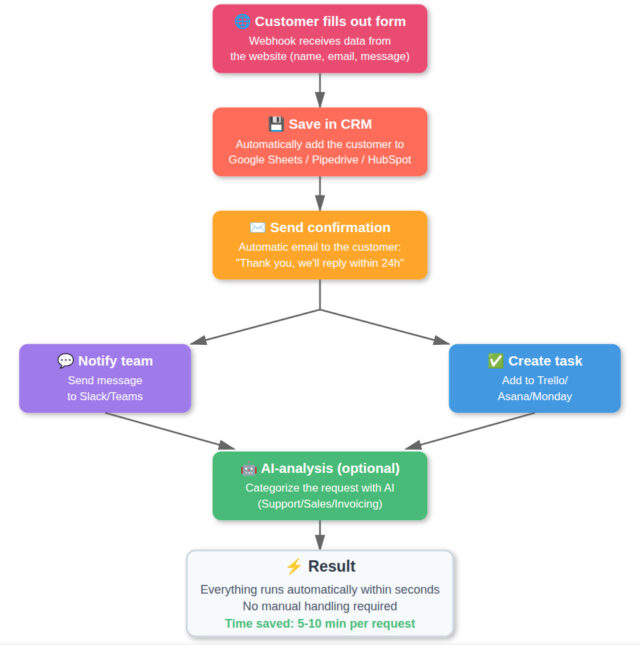Robert O'Brien, National Security Advisor in the Trump administration, is absolutely certain that the US will never, ever allow Taiwan's semiconductor factories to "fall into Chinese hands".
In the event of a Chinese invasion, the US and its allies would rather destroy the factories, he explains.
Taiwan Semiconductor Manufacturing Company is the world's largest chip maker, accounting for an estimated 90% of the high-end processor market, according to Business Insider.
The company makes chips for most of the devices and equipment used every day around the world, such as phones and cars. Its more complex chips are used in applications such as machine learning and advanced missiles.
At the same time, the U.S. has no interest in allowing China to control these factories and the economic and technological benefits that would result. O'Brien argues that control of the semiconductor factories would make China "like the new OPEC for silicon chips" and allow it to "control the global economy".
In a scenario where the U.S. believes China is about to take control of Taiwan, the former advisor believes it will act like British Prime Minister Winston Churchill did during World War II - ordering the destruction of the French navy shortly after France surrendered to Germany.
Currently, US-based Apple is the chipmaker's largest single customer, producing the majority of the 1.4 billion mobile phone processors produced annually worldwide.
Not the first to make the suggestion
It should be noted that O'Brien is not the first person to propose the idea of destroying the semiconductor factories in case of a Chinese invasion - already in 2021, two American researchers recommended just that in an article published in the US Army War College.
"To start, the United States and Taiwan should lay plans for a targeted scorched-earth strategy that would render Taiwan not just unattractive if ever seized by force, but positively costly to maintain," the paper said. "This could be done most effectively by threatening to destroy facilities belonging to the Taiwan Semiconductor Manufacturing Company, the most important chipmaker in the world and China's most important supplier. Samsung based in South Korea (a US ally) is the only alternative for cutting-edge designs", it said.
But authorities in Taiwan argue that it would be unnecessary for the U.S. to destroy the factories because production can be shut down and relocated without physical destruction.
The People's Republic of China has had territorial claims to Taiwan (Republic of China) since the end of the civil war (1949) and considers the archipelago a natural and not yet liberated part of its own nation. Recently, the situation in the region has become increasingly tense and hostile, with President Joe Biden declaring that the United States would "defend" western Taiwan in the event of war.





